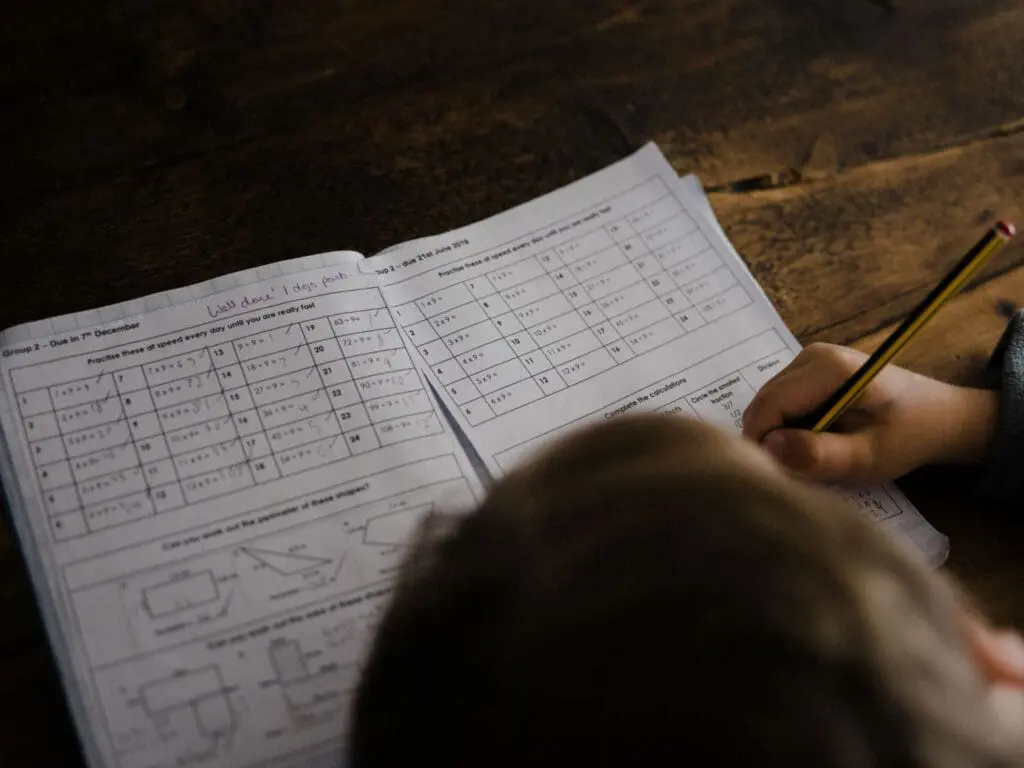
Help Kids with Homework (Infographic)
For those who don’t have a routine — or even those who do — our infographic gives insight on types of learning, and tips for creating an environment where homework can be a positive experience for you and your kids.
Types of Learning Styles
It’s important to understand the type of learning style (or styles) your child identifies with most.
You’ll want to play to their strengths by creating an environment that promotes learning in the style that works for them; not how you or your other children learn. Everyone is different, and there can be a combination of the following styles.
Once you’ve settled upon a style, stick with a routine. Better yet? Let them create one with you and you’ll foster control and responsibility beyond positive homework attitudes.
Visual
- Ask yourself: Does my child do better with reading, or seeing photos, symbols, or colors?
- Understands topics better when presented with maps, diagrams, graphs, or other visual representations
- Observant but may miss some of what is said in conversation or lecture
Verbal
- Ask yourself: Does my child better understand spoken instructions rather than written?
- Comprehends many words, writing, rhymes or poetry, or tongue-twisters
- Retains more when a song is created to remember themes or elements of a topic
Aural
- Ask yourself: Does my child prefer to listen to books rather than read them?
- Not the same as verbal, aural learners thrive when sounds or music accompany homework or lessons
- Try providing audio or video clips, and even keep music on low while they work or study
Logical
- Ask yourself: Does my child ask deeper questions beyond the lesson at hand?
- Also known as ‘mathematical’ learners because of their knack for an ability to reason, using numbers, and analysis of cause-and-effect relationships
- These methodical thinkers work in logical or linear order and thrive off of finding patterns and problem solving
Physical
- Ask yourself: Does my child have a hard time sitting still through homework or class lectures?
- Although most children have a natural sense of touch for grasping new ideas, these learners process information through movement and expression
- Physical learners are the “hands on” type and need activity to supplement traditional verbal/visual cues. Otherwise known as “tactual-kinesthetic” (Tactual = Touch)
Settings: Social vs Solitary vs A Combination
- Social Learners: Best served when in a study group, or family setting at home where they’re not alone and able to bounce ideas or brainstorming off of the group
- Solitary Learners: Opposite of social, a more introverted learning style where solitude helps them retain the most information
A combination of learning styles is just that; pick and choose a few from the list that best fit your child. There are no right and wrong answers, and if you work closely with your child, you can develop an environment that is conducive to their specific learning style.
How-To Help with Homework
We understand sometimes it’s hard to help without fully diving into the work and becoming a problem-solver alongside your little ones. By allowing them to have a voice in finding their environment and routine, you’ll ensure their ownership over the process.
Instinctively we want to help and make sure they have the answer, but it’s best to monitor and motivate and not correct their efforts. Communicate with their teacher regularly, and be sure to unpack and discuss assignments daily. Making an order of assignments, and “to-do” and “done” lists will also help them see what’s on their plate, and what they’ve accomplished.
Finally, staying calm and providing calm when there’s a meltdown, is the foundation of all the aforementioned advice. There may be some finesse when finding the perfect environment, but with practice and patience, you can find the best setting for helping your learner succeed.
Still have a reluctant learner? Here are some tips from the Harvard Graduate School of Education.
